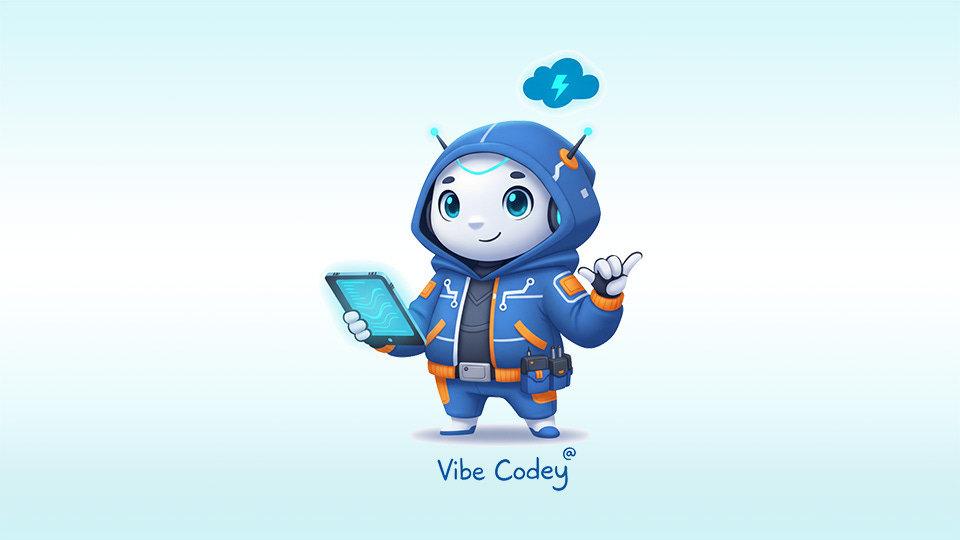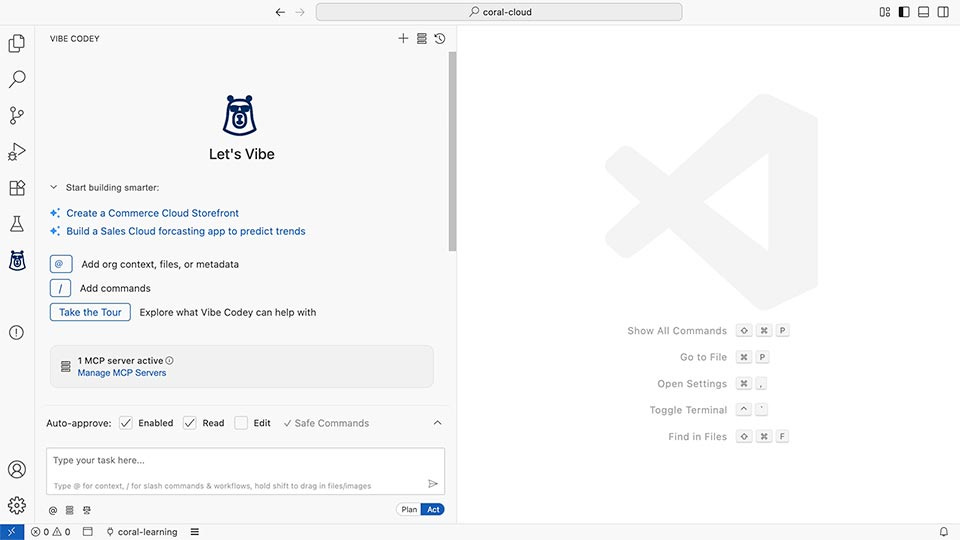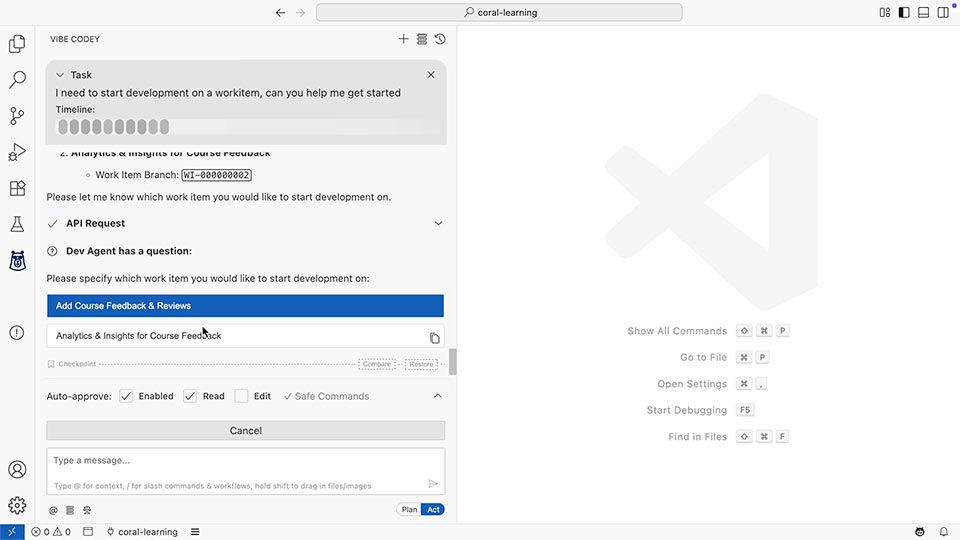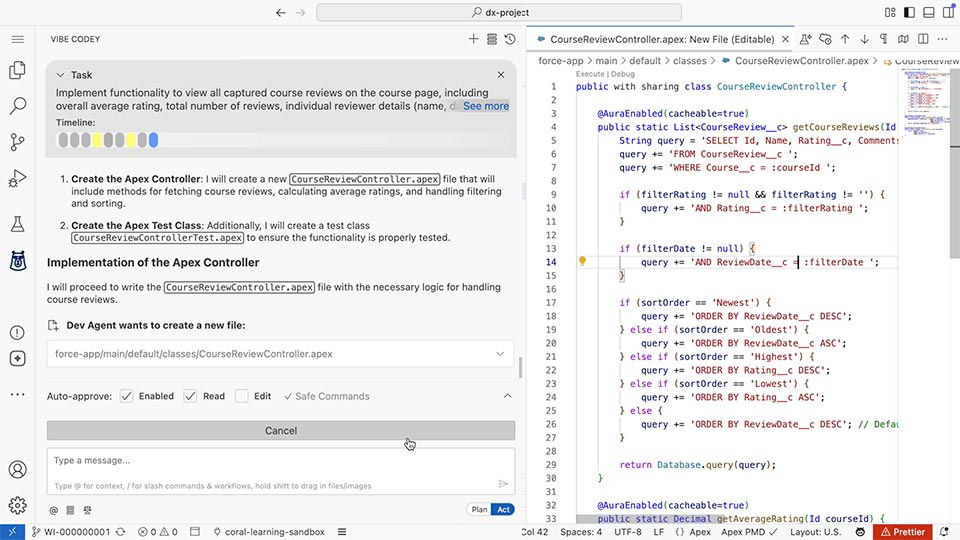Salesforce's Agentforce Vibes Turns Ideas into Enterprise Apps
With AI-powered coding and the Vibe Codey agent, anyone can generate, test, and deploy apps—no coding experience needed

Salesforce is telling developers—or anyone who has a software idea—that there’s no excuse for not building an app on its platform. Ahead of Dreamforce, the enterprise tech firm is unveiling Agentforce Vibes, its vibe coding solution. But unlike what’s available through Anthropic’s Claude Code, GitHub Copilot, Vercel, Lovable, or Replit, Salesforce brags that its platform comes equipped with “enterprise-grade security and governance controls” thanks to its Salesforce Platform and Trust Layer.
Using natural language, anyone can have AI generate code for the feature or app they want. Agentforce Vibes will take any prompt and turn it into a plan, execute the build, test it, and then deploy it to the internet. This, in turn, eliminates the need for repetitive work, allowing Salesforce users to quickly focus on more strategic tasks instead of spending time needlessly overcoming this software obstacle.
Salesforce describes Agentforce Vibes as an AI-powered integrated development environment (IDE), similar to Tabnine, Kite, Amazon CodeWhisperer, and GitHub Copilot. Naturally, it’s integrated with its sibling platforms, such as Salesforce Sandboxes, Code Analyzer, and DevOps Center. Agentforce Vibes can also be used in any Visual Studio Code-compatible IDE, including Anypoint Code Builder from MuleSoft (a Salesforce-owned company), Cursor, and Windsurf.
“We’re trying to give you everything, Dan Fernandez, Salesforce’s vice president of product for developer services, tells TechCrunch. “So rather than having to spend a bunch of time setting up [model context protocols], setting up a dev environment, setting up tools, everything’s prebuilt and ready for you, including AI requests to get started. And that really is sort of a differentiator on how we’re lowering the barrier to entry.”
To help developers on their way, Salesforce is introducing a new autonomous agent with the playful name “Vibe Codey” (will we see the personification of this bot on stage at Dreamforce this year?). The company pitches it as being your coding partner, but don’t mistake it for being the equivalent of Microsoft’s Clippy. Among its many capabilities, Vibe Codey won’t advise you on coding, but it can understand the context of your project and help accelerate the development lifecycle.
Other things that Salesforce’s new agent can do include:
Create context-aware plans that understand your organization’s Salesforce schema
Generate code in multiple programming languages (e.g., Apex, HTML, CSS, JavaScript, etc)
Equipped to support Model Context Protocol (MCP) and more than 20 included tools
Capable of adding checkpoints in case changes need to be rolled back
Establish agentic rules to tailor agentic development
Automate test case generation
Execute code analysis for security, performance, and best practice issues
Automatically detect and resolve any bugs
Support DevOps and app deployment using natural language
For organizations concerned about the dangers of having anyone use AI to code an app without formal development training or that uses customer data, Salesforce acknowledges the fear. It emphasizes that precautions are implemented, such as guardrails that ensure high standards for resilience, security, and compliance. The company’s Trust Layer, which it regularly promotes with its Agentforce platform, is also utilized here to ensure that AI-generated outputs are accurate and don’t violate any security or privacy policies. Lastly, Salesforce provides sandbox environments—isolated development areas—for Code Vibey to work in before its code is launched.
Agentforce Vibes’ audience is key: Salesforce has released many tools to help developers build for its platform. With Agentforce, it offers a low-code/no-code solution, along with its Flow Builder; however, these tools are more targeted towards users with some developer knowledge. Agentforce Vibes is designed for anyone—if you can describe what you want in a conversational prompt, your idea can become a reality…or at least that’s the hope. No longer do ideas risk becoming stale simply because a team cannot afford to have a developer assigned to them. Instead, users can turn to Vibe Codey and quickly spin up an app.
Betting on vibe coding may seem out of place for Salesforce, but it has a history with these tools. In addition to Agentforce Vibes, the company has launched Einstein for Developers, Code Builder, and Einstein for Flow. By embracing this software development approach, Salesforce is not only seeking to stay ahead of its growing competition but also to make strides in bringing its vision of “agentic enterprises” to reality. It recognizes that the app ecosystem has changed and that new apps won’t necessarily come from professional developers, but rather from non-developers.
Consequently, if Agentforce Vibes gains traction, at least one group is likely to be impacted: Salesforce developers. For years, organizations seeking to enhance their Salesforce instances have either hired experts who are familiar with the platform or brought them on board as consultants. Now, with Vibe Codey, they may no longer be in such demand. On the other hand, they could be requested to help with larger initiatives versus low-impact app development projects that small teams may want to execute.
Agenforce Vibes is now generally available with a “limited number” of requests. TechCrunch reports that number at 50 requests per organization per day using OpenAI’s GPT-5 model. Additional requests thereafter will be handled by a Qwen 3.0 model that Salesforce self-hosts. Existing users can use Agentforce Vibes for free today; however, the company has indicated that it may implement paid usage plans in the future.





